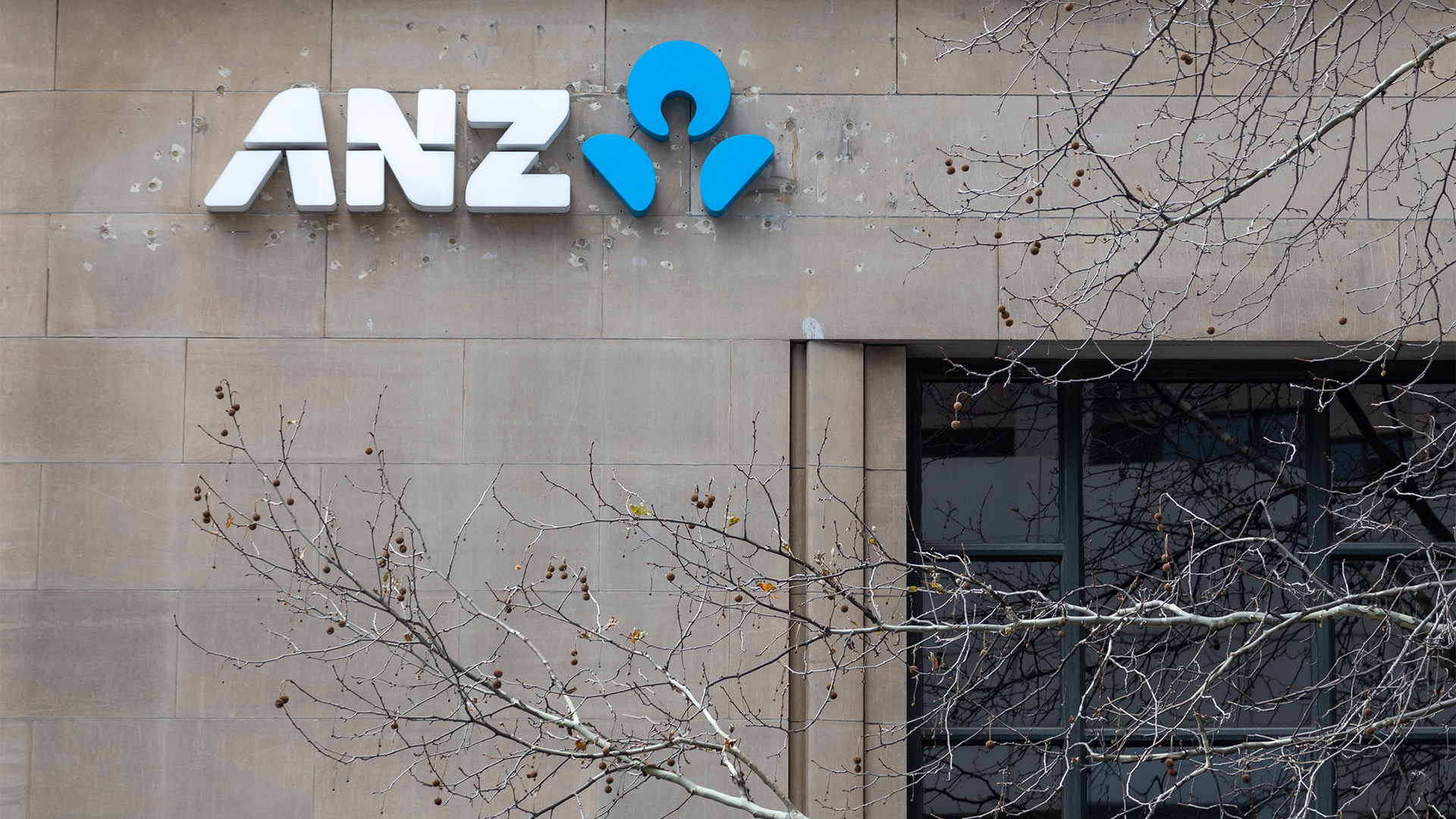ANZ Group Holdings (ASX:ANZ) has topped the roll call of the big four banks, reporting weak earnings but higher dividends and buybacks.
The bank revealed on Tuesday in its half-year results that it plans to buy back up to $2 billion of shares on-market as part of its capital management program. Additionally, the interim dividend will rise by a cent to 83 cents, despite a 7% drop in cash earnings to $3.5542 billion for the six months to March 31. The dividend is 69% franked.
The ANZ buyback takes the total for the big four this year to $5.5 billion, $1 billion more than most analysts had forecast. The Commonwealth topped up its buyback in February with another $1 billion, then the NAB added $1.5 billion last week, and Westpac added another $1 billion on Monday.
ANZ’s results show that the bank’s net interest margin came under intense pressure in the quarter, dropping from 1.75% to 1.56% (including its markets business) and $1.63 excluding that division. This saw group revenue fall to $10.35 billion for the half-year from $10.54 billion in the first half of 2022-23.
ANZ CEO Shayne Elliott said in the ASX release, “This half’s strong performance is a direct consequence of peer-leading diversification as well as our disciplined focus on productivity and delivery. Coming off a record 2023, each division delivered for the Group, and we’ve made good progress on the things we said we would: preparing for the integration of Suncorp Bank, growing ANZ Plus, leveraging our Institutional processing platforms, and further driving productivity.
“Our preparations to integrate Suncorp Bank are well advanced. While the time taken to progress the necessary approvals has taken longer than anticipated, we have used that time productively, and we are more confident than ever about the benefits that will follow.
“Our flagship digital offering, ANZ Plus, has grown to almost 690,000 customers and approaching $14 billion in deposits at the end of April – and we have just introduced the ability to create joint accounts.
“ANZ Plus is already having an impact on the financial wellbeing of customers, with around 47% using at least one of our financial wellbeing features and the introduction of controls to better protect customers from scams,” Elliott added.














